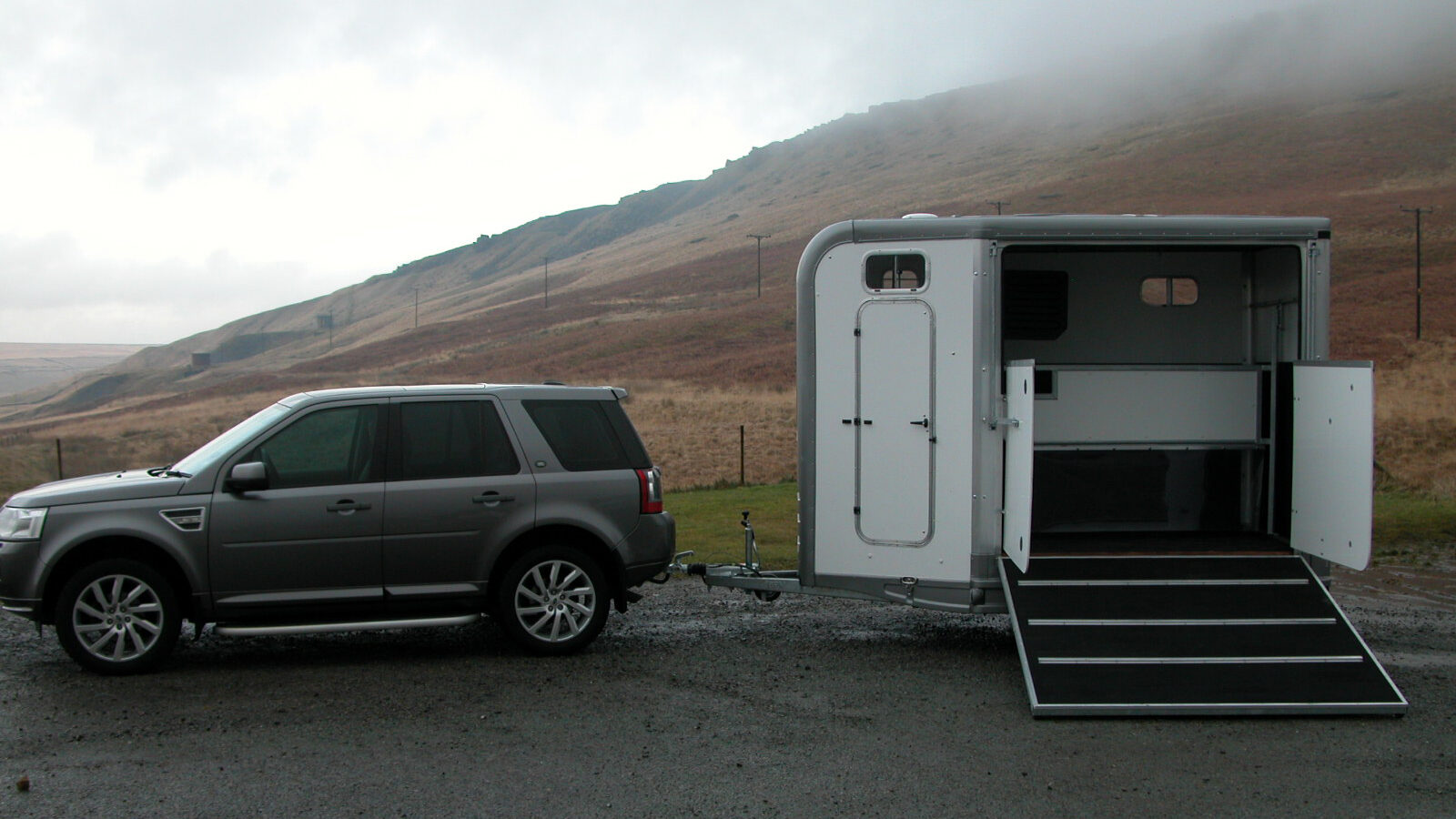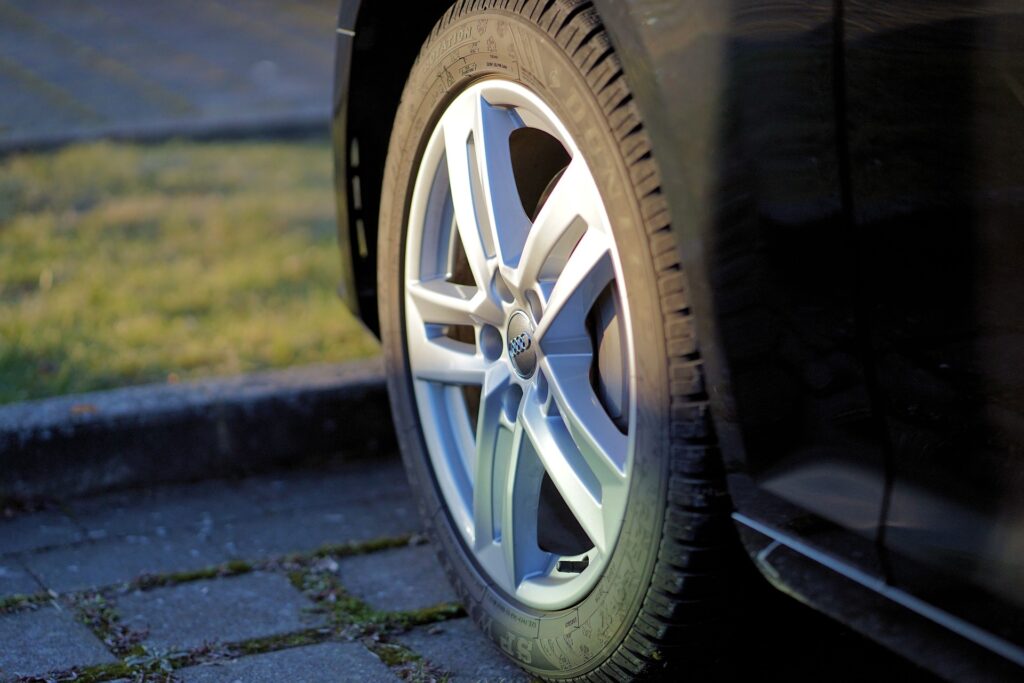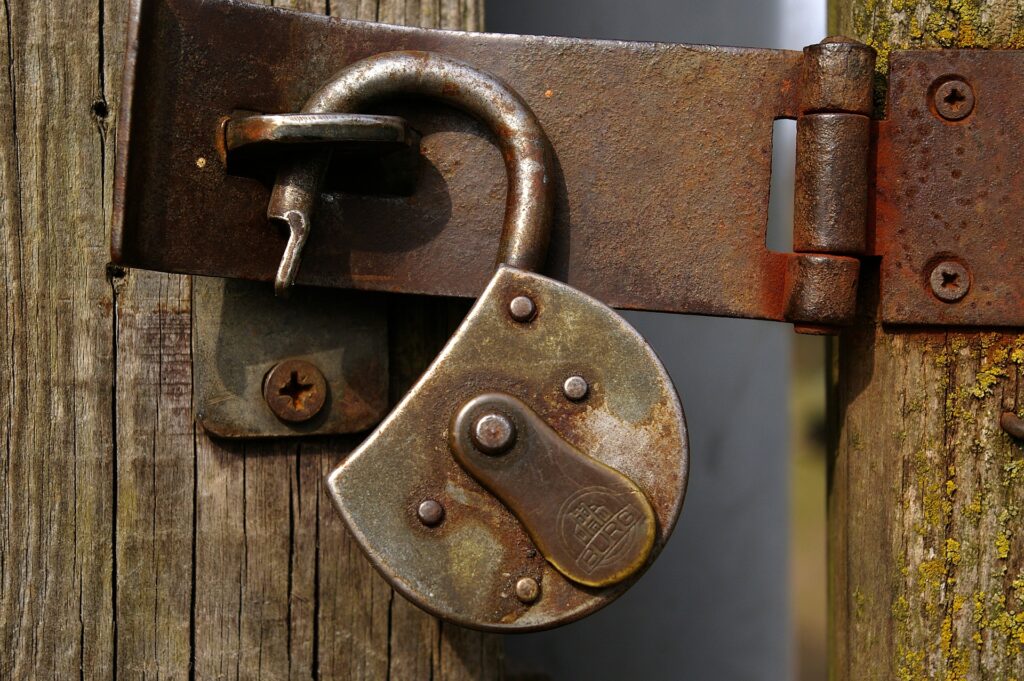
How To Testing Your Trailer Towing Talent
Testing your trailer towing talent
The outdoor show season is well underway and with it come the trials and tribulations of transporting your horse. Whether you’re towing your trailer or driving a horsebox, The British Horse Society are ready with its top tips on arriving safely.
Since the removal of the B+E trailer towing test, it’s likely that many horses are now being transported by drivers who may have less training and experience in how to tow.
Being familiar with all aspects of towing and transport is not only crucial for your and your horse’s own safety, but for all road users. The BHS would encourage everyone to take advantage of the recently launched DVSA trailer accreditation scheme before taking their trailer out on the road. More information about the scheme can be found at: www.gov.uk/government/publications/learning-to-drive-a-car-and-trailer-syllabus
Checks before you travel
As with everything, planning is critical. All horseboxes and vehicles used for towing should be road worthy; according to the BHS Equine Transportation survey, 83% of owners have their horsebox regularly serviced. Horseboxes over 3.5T should have an up-to-date plating certificate. Although, by law, trailers do not have to be serviced, they still must be road worthy and so the BHS recommend getting your trailer professionally serviced at least once a year. Don’t take it for granted that the serviceability of the floor will be looked at – always double check this will be examined.
Once your vehicle has been checked and serviced, factor in these considerations when planning your trip away:

1. Test your tyres
Ideally, any vehicle or trailer should be stored somewhere with good drainage as the damp ground can reduce the life of tyres. It’s important to check the tyres regularly to keep them at the correct pressure when they’ve been standing for long periods of time without use. They should be checked monthly for pressure, bulges, cuts and ageing. Frequently moving the wheels will also prevent an irregular shape from forming, as well as prevent the brakes from seizing. If possible, cover the tyres to protect them from extreme weather conditions that could cause the tyre wall structure to weaken.
2. Water damage
Check for water damage around any seals and entrance points of your transport. The tell-tale signs of rot are bulges or soft patches around the body of the vehicle. They can appear down the side wall structure or raised rubber matting. If you suspect a leak, then make sure to check with a trained professional before travelling.
3. Electrics
Rats and mice are a common sight, and they may choose to seek shelter within your vehicle! This can lead to chewed brake or electric cables so make sure to check the connection lead and sockets for signs of damage. Unwanted pests may also choose to make a nest in your engine so allow plenty of time and book an appointment with a professional mechanic who can look at the flooring, side walls and cables to identify and resolve these issues.

4. Security
The removal of the towing test has led to an increased demand for new and second-hand trailers which has unfortunately caused an uptick in all types of trailer theft. Locks, tag trackers, clamps and hitch locks can be effective at securing trailers, and some people put their postcode on the roof of the trailer so it can be seen from an aerial view if stolen. If you have a wheel clamp, place it on the rear wheels to prevent a quick tow away.
Practice makes perfect
If you don’t use your equine transport on a regular basis and are feeling a little nervous about being out on the road again, why not take your horsebox or trailer on a practice run in your local area? Practice first without your horse, and then familiarise yourself with the process of loading and unloading your horse before your big journey. You can also seek the help of an advanced driving instructor if you’re looking to refresh your driving skills to build confidence.
For more information visit www.bhs.org.uk/transport or scan the QR code to download the BHS’s ‘Are you sure it’s safe for me travel?’ cards.

A shared sense of security
Local equestrian-based Facebook groups are a great way of sharing information.
It’s also worth joining your local Horse Watch group, which may be able to provide you with yard signage and provide regular newsletters with up-to-date information about what’s going on in your area.
Local police forces have a dedicated rural/equine team and social media presence visit www.police.uk for details of your local policing team.
If this article has been helpful why not take a look at our best riding boots guide or the 5 best coat shine sprays to make your horse look a million dollars, if you’re looking for some new gloves for training our handy best budget riding gloves as you covered, and if your trusted wheelbarrow is on its last legs, take a look at our top 4 best wheelbarrows for the yard. If those aren’t click-worthy take a look at our world-class equestrian news.


